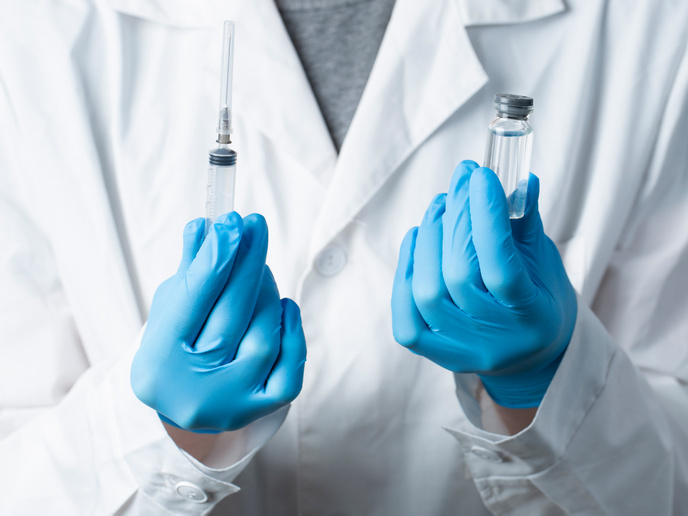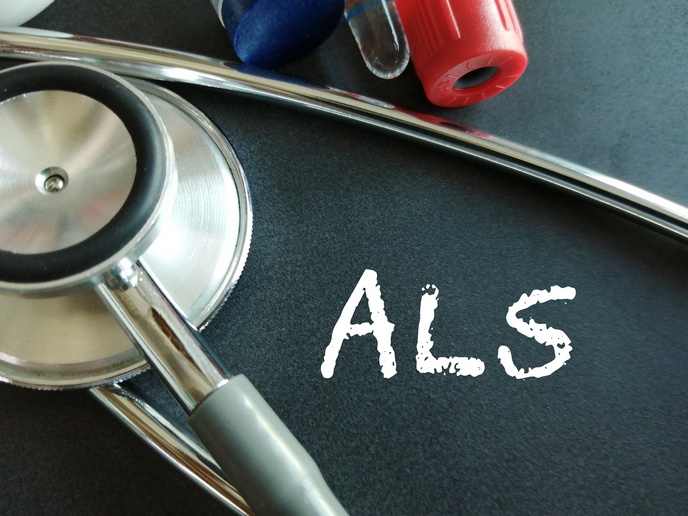Biocompatible and green biomedical materials
Micro-electro-mechanical systems(opens in new window) (MEMS) are miniature devices that integrate electrical and mechanical components. Their unique ability to sense and manipulate biological systems at the microscale has led to their application in biomedical research and clinical practice. MEMS-based biomedical devices include pressure sensors for measuring intracranial, blood and intraocular pressure. MEMS are also incorporated in accelerometers used to measure movement and vibration in biomedical systems. These devices can be used to monitor physical activity, gait and tremors in patients with movement disorders. Moreover, MEMS can be combined with microfluidics technology for blood analysis, drug discovery, and point-of-care diagnostics as well as for precision drug delivery.
Biocompatible MEMS materials based on cerium
Many MEMS devices use piezoelectric materials as they can generate an electric charge in response to applied mechanical stress, or vice versa. MEMS sensors employ piezoelectric materials as the sensing element: when mechanical stress is applied, the piezoelectric crystal generates an electrical charge that can be measured and used to detect changes in pressure, acceleration, or other physical parameters. However, the majority of these materials contain toxic lead, necessitating greener alternatives. The EU-funded BioWings(opens in new window) project addressed this limitation through the implementation of new smart biocompatible materials. “We turned to cerium-based compounds(opens in new window) as environmentally friendly electrostrictive(opens in new window) alternative materials that change shape with application of an electric field. These can be deposited on other substrates including metals and flexible materials,” explains project coordinator Nini Pryds. Moreover, cerium-based oxide compounds are fully compatible with silicon-based technologies and can decrease power consumption in MEMS devices. Collectively, these properties make them ideal candidates for biomedical applications.
De novo production of piezoelectric materials
Piezoelectric materials rely on their crystal symmetry for their properties, which has greatly hindered the discovery of new piezoelectric materials over the years. The crystal structure must be non-symmetric so that, following external stimuli, such as pressure, the atoms can move away from their position leading to an electric dipole. BioWings circumvented this limitation by using external current(opens in new window) to engineer non-piezoelectric materials into piezoelectric. This opens new opportunity for the design of piezoelectric materials from environmentally friendly sources.
Thin-film technology to improve clinical diagnostic devices
The consortium also developed a state-of-the-art design process for depositing cerium-based oxide thin films onto chips. This has great potential to advance acoustofluidic devices for biomedical applications. These devices use sound waves to manipulate fluids and create areas of different pressure, which causes particle movement or even separation. They are used to separate biological cells. BioWings successfully developed thin films made of cerium-based oxide that can be deposited directly on the acoustofluidic chip with great precision and repeatability, even when manufactured at large scale. According to Pryds: “This disruptive technology is expected to bring acoustofluidics technology in hospitals and labs for routine and cost-effective diagnosis and research.”
BioWings successor projects
BioWings generated the spin-off PRISMA and AcouSome projects for translating its technologies into innovative products. Project findings can be employed for the improvement of implantable devices, such as cochlear implants, artificial retinas, neural interfaces, as well as drug delivery systems. Furthermore, the BioWings-generated materials have the potential to be exploited outside the healthcare domain, such as in microelectronics.







